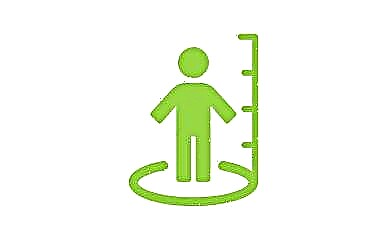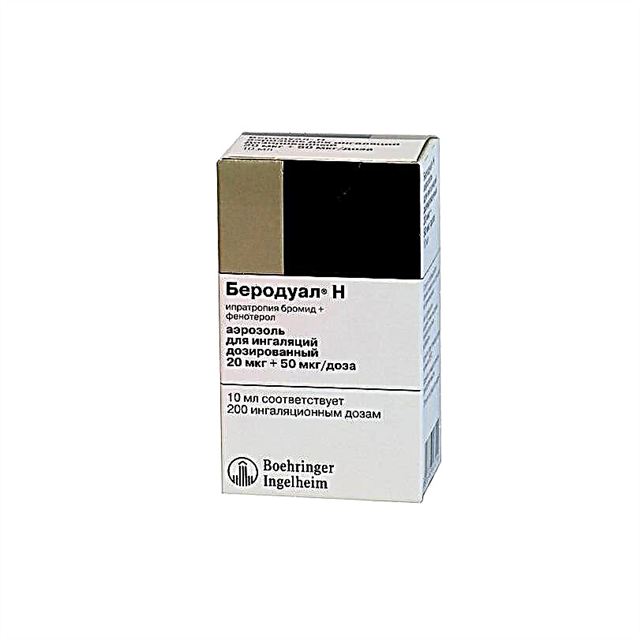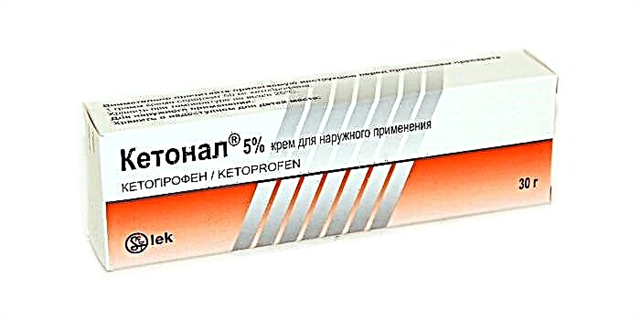Painful stagnation of milk in the breast, or lactostasis, is a problem that many breastfeeding women face. This is especially true at the very beginning of breastfeeding, when lactation has not yet been established. It is impossible to be frivolous and neglect such a condition, but you should not panic either - competently and timely measures to eliminate lactostasis almost always help to cope with the problem at home.

Should I visit a doctor with lactostasis?
Since lactostasis in itself is not yet a disease, but only an unpleasant condition characterized by painful stagnation in the mammary glands, then you should not be especially worried at the first pains. But nevertheless, it should be remembered that after lactostasis, a real disease may follow - mastitis. Treatment of mastitis, as well as elimination of lactostasis, is carried out practically according to the same scheme: by expressing and performing breast massage. Conventional medication is usually not required for a nursing mother with these problems.
Mastitis in a nursing mother: Symptoms and Treatment: Lactational (postpartum) mastitis is an inflammatory disease of the mammary glands that occurs during the breastfeeding phase. Most often, the disease occurs in primiparous women in the first weeks of lactation, as well as during weaning. Mastitis during breastfeeding is caused by pathogenic microorganisms (Staphylococcus aureus and Streptococcus aureus) - read more
When should you see a doctor?
A situation that requires a visit and consultation with a doctor is an increased body temperature. However, in this case, you should adhere to some rules:
- It is recommended to measure the temperature of lactating women at the elbow (for a more correct result);
- When the temperature rises, a control measurement should be carried out immediately after expressing.
And only in the case when the temperature measured at the elbow does not decrease even after expressing, can we talk about inflammatory processes inside the body. In this situation, a visit to a doctor is necessary and justified.
It is recommended to pay attention to the increased temperature for mothers who gave birth to their babies less than 2 months ago. The temperature in this case can be caused by inflammation in the uterus. As a rule, such conditions are also accompanied by an unpleasant characteristic odor of vaginal discharge. With the combination of these symptoms: high temperature and characteristic odor, an ultrasound of the uterus should be performed immediately.
Which doctor treats lactostasis?
It is widely believed that lactostasis and mastitis are treated by a mammologist. However, this opinion does not correspond to reality, because a mammologist is a doctor who determines neoplasms in the mammary glands, and the fight against milk stagnation is not his specialization.
As for the lately popular breastfeeding consultants, these specialists will help to properly attach the baby to the breast, will advise, if necessary, how to express milk, and help to choose feeding positions that are comfortable for mom and baby. However, the fight against the developed lactostasis or mastitis is not their competence.
The surgeon is able to provide real, competent assistance with lactostasis. This doctor specializes in treating diseases such as mastitis or abscess (complicated mastitis that involves surgery). However, do not be afraid: as a rule, surgery is an extreme case. But give adequate advice and help in the shortest possible time to cope with the difficulties that have arisen - all this is within the power of the surgeon.
In the case when for some reason a visit to the surgeon is impossible, it is recommended to visit the antenatal clinic to meet with the obstetrician-gynecologist.
Treatment
Only a doctor can competently assess the condition of a woman and her mammary glands. Professional assistance provided on time allows you to prevent the transition of simple milk stagnation into more serious diseases.
The usual treatment regimen for lactostasis is:
- in frequent pumping of breasts in which there is stagnation (we learn to express breasts with our hands);
- performing massage (correct breast massage during feeding (+ video));
- applying warm compresses for better milk yield.
Breast lactostasis and its treatment: with the treatment of lactostasis, (if this process has not yet reached a critical point), any mother will cope on her own at home. All actions for this problem are designed to restore the movement of milk in a blocked duct - that is, it is simply necessary to clear out stagnation - read more
UNIQUE VIDEO: Lactostasis: how to express milk?
As for antibiotics, the need for such drugs arises only in the case of infectious (or non-infectious, but accompanied by cracks in the nipples) mastitis. At the same time, there are modern antibacterial drugs that can be used without stopping breastfeeding.
Also popular is the treatment of lactostasis through physiotherapy - ultrasound.
According to professionals, the duration of lactostasis treatment is approximately 24 hours. Mastitis is treated for about 3 days.
With lactostasis, it is possible and necessary to continue feeding the baby with breast milk. Taking antibiotics should not be a barrier to continuing breastfeeding.
We wish you a long and pleasant breastfeeding!
READ ALSO: Sometimes breastfeeding mothers have chest pain while feeding their baby. This symptom should be considered carefully, because it can be a harbinger of serious diseases - why does the chest hurt when feeding a baby? Reasons and what to do?



